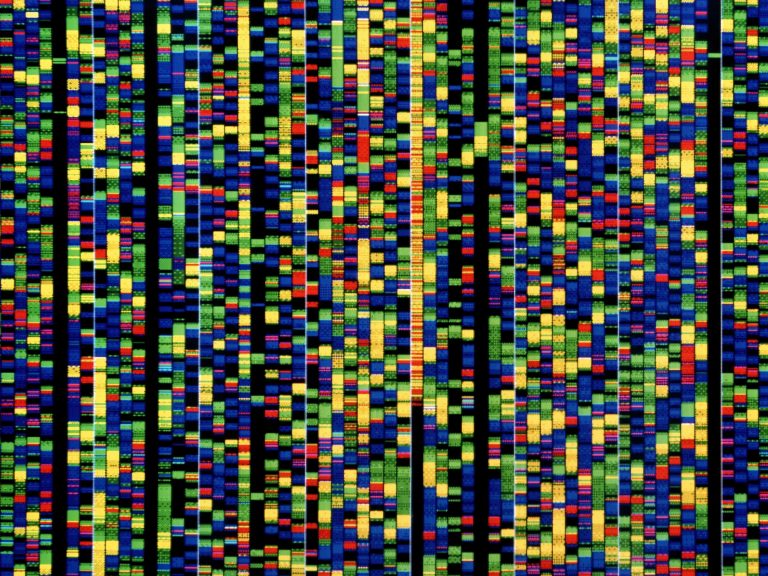
Data storage systems based on DNA can become an outlet for humanity, which generates ever greater amounts of information. Compared to all other carriers, DNA has a phenomenal data density. But there is another very interesting advantage. You can get access to the best casino with a lot of advantages online and get a Bizzo Casino bonus. Data storage does not need energy to work. Plus, information can be stored for hundreds of years. After a few centuries, data can be read without problems – of course, subject to the availability of appropriate technologies.
But DNA also has its downsides. For example, there are currently no standards for encoding information in a DNA strand. The process consisting in the synthesization of artificial molecules has a price. And a pretty high one. Plus, reading the stored information can take days or weeks. Repeated recourse to DNA strands for information leads to a violation of the structure of molecules, so that in the end errors can occur. A method has now been proposed to help solve some of these problems. The data storage system is a cross between a regular file system and a metadata-based database.
More About the Issues
Developed systems for storing data in DNA provide for the addition of certain sequence tags (sequence tags) to sections of DNA that contain data. To obtain the necessary information, regions are added to the molecule that are capable of forming base pairs with the desired labels. All this is used to amplify the complete sequence. Like tagging each image in a collection with its own ID, and then setting everything up to amplify one specific ID.
The method is quite effective, but it has two limitations. First, the amplification step, which is performed by the polymerase chain reaction (PCR) process, has limitations on the size of the sequence to be amplified. However, each tag takes up a portion of the already limited space, so adding detailed tags reduces the amount of data storage space.
Another limitation is that PCR amplifying certain DNA fragments with data consumes part of the original DNA library. That is, every time we read data, some of it is destroyed. Scientists compare this way of searching for information with burning a haystack to find a needle. If you do this often, you can end up losing the entire database altogether. True, there are ways to recover lost sections, but this method is not ideal, since it increases the likelihood of errors in the DNA and data sections.
The new method allows you to separate label information from the main data. In addition, the researchers have created a system that makes it possible to access only the data that interests us. The rest of the information remains intact, so that the DNA molecules remain intact and are not damaged.
New System
The technology is based on silicon dioxide capsules in which individual files are stored. DNA tags are attached to each capsule, which show what is in the file. The size of each capsule is about 6 micrometers. Thanks to such a system, scientists were able to learn how to extract individual images with 100% accuracy. The set of files built is actually pretty short. There are only 20 of them. But given the capabilities of DNA, then such a system can be scaled up to a sextillion files. These 20 files were encoded into DNA fragments about 3000 nucleotides long, which is about 100 bytes of data. A single silica capsule can hold a file up to a gigabyte in size. After the file is wrapped, single-stranded DNA labels are placed on its surface. Multiple labels can be attached to a single shell, which serve as keywords. For example, “red”, “cat”, “animal”.
Silica capsules labeled with this pattern are merged to become one unique data library. It is not as compact as pure DNA storage, but the data is not damaged in this case.
File Research
To search for files, a group of keywords is used – labels. For example, if you want to find a picture of a cat, the labels “orange”, “cat” and “home” are used. If you’re searching for a tiger, then you’ll use two words of the three: “orange” and “cat”. The minus here is the search speed. It is unfortunately still pretty low in such a system. Something around 1 kB per second.
Another trick is that each label is associated with fluorescent molecules of a different color. Therefore, during the request, any capsules with the desired labels will glow in a certain color. Nowadays, devices with lasers integrated to separate objects by fluorescence color exist. So it is technically possible to extract the desired data. In this case, the remaining part of the library will not be impacted, which then means that the data will not be affected. It is no longer necessary to burn a haystack for the sake of finding one needle. An additional plus is the possibility of a logical search with different criteria. For example, query conditions can be complex: true for “cat”, false for “home”, true for “black”, etc.
Not Only Research
Yes, because the task of finding the right data is only part of the matter, and not even half. The discovered data still needs to be sequenced. And this requires opening the shell of silica, removing the thread stored in the capsule, introducing DNA into the bacterium, and then reading the data. This is an extremely slow process, compared to which even streamers are very fast technology.
On the other hand, DNA-based systems will not be fast, their main purpose is to store huge amounts of information that does not need to be retrieved often. In addition, over time, technology will be improved, so that the speed of reading information, hopefully, will increase.\

